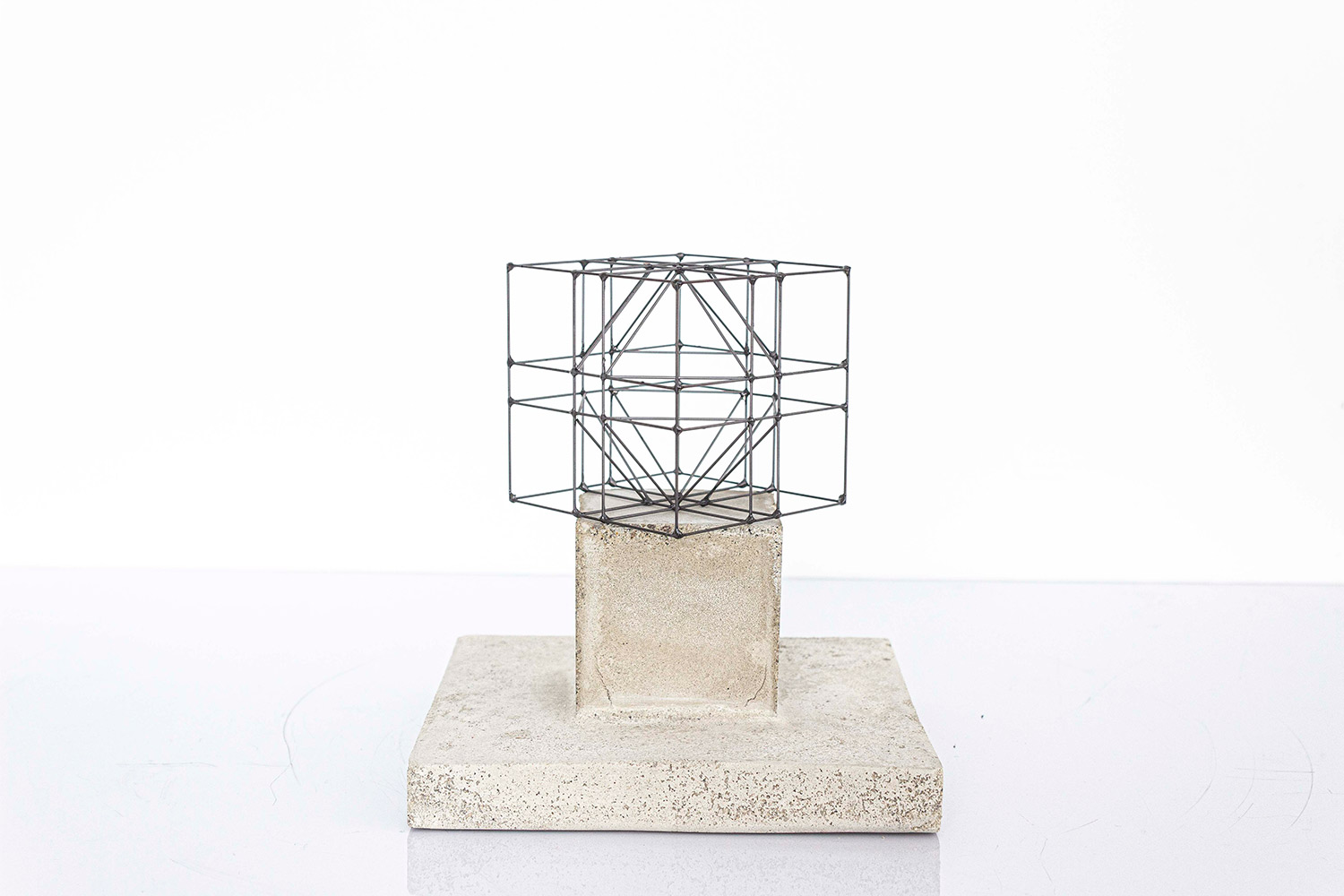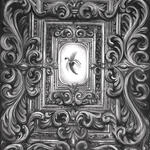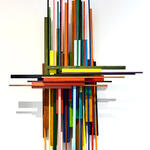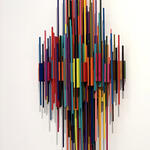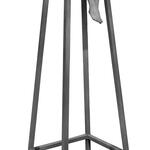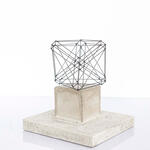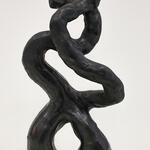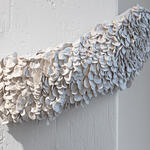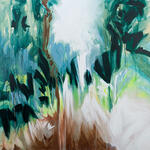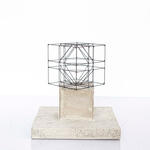Camilo Bojacá
Bio
Camilo Bojaca, born in 1985 in Sogamoso, began his career studying Fine Arts at the National University of Colombia in 2005, where he explored different techniques. Through drawing, animation, video, and sculpture, he found a way to question and establish a relationship with one of his central themes: the landscape and how it is constructed today.
Statement
Camilo Bojacá’s artistic practice stems from a sculptural exploration that appropriates architectural vocabulary to rethink the ideas, techniques, and aesthetics associated with the medium. Through experimental processes that he has integrated into his vocabulary, such as autogenous welding of graphite mines, he constructs delicate geometries and rational volumes that lie between expanded drawing, sculpture, and assemblage, dialoguing with movements such as constructivism and minimalism. His research focuses on the forms and materials that structure everyday urban life, understanding space as an essential axis and transversal concept throughout his artistic practice.
Based on the analysis and intervention of urban architectures—in contrast to the organic forms of the materials that constitute them—Bojacá projects geometric foundations (point, line, edge, vertex) onto abstract modules that transform space into a living fabric, open to interaction, movement, and perception. In his works, occupied space and emptiness are articulated as inseparable dimensions that reveal fragility, fragmentation, and dynamism. Thus, space ceases to be an accident and becomes a fundamental artistic value: visible and invisible matter that sustains the aesthetic experience and, ultimately, links art and life.


